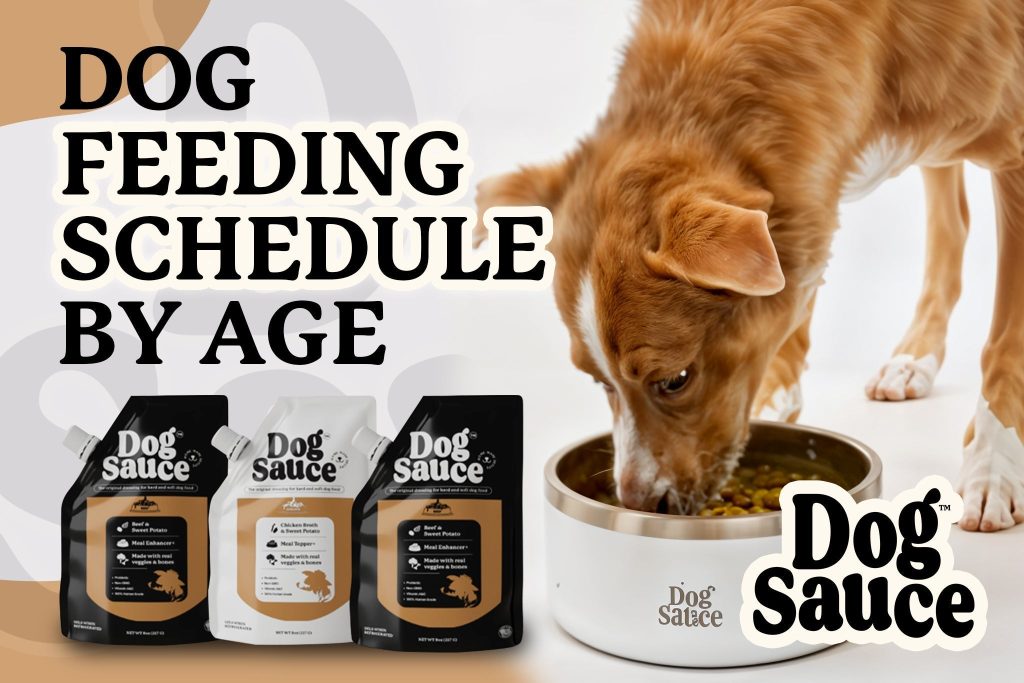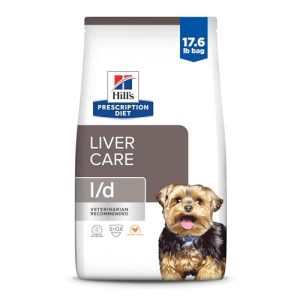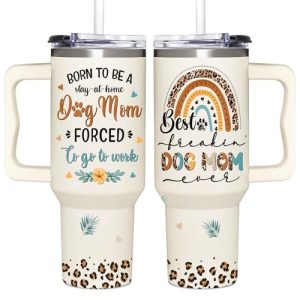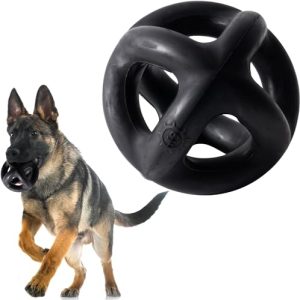Knowing when to transition your furry friend from puppy food to adult dog food is crucial for their health and well-being. You might wonder if you’re making the right choices or if the timing is just right.
After all, feeding your dog isn’t just about filling their bowl; it’s about nurturing their growth and ensuring a healthy future. This decision impacts their energy levels, weight, and overall happiness. With so much at stake, you can’t afford to guess.
By understanding the signs that your dog is ready for this change, you can ensure a smooth transition and keep your pet thriving. Dive in to discover the cues and expert tips that will guide you in making this important decision.
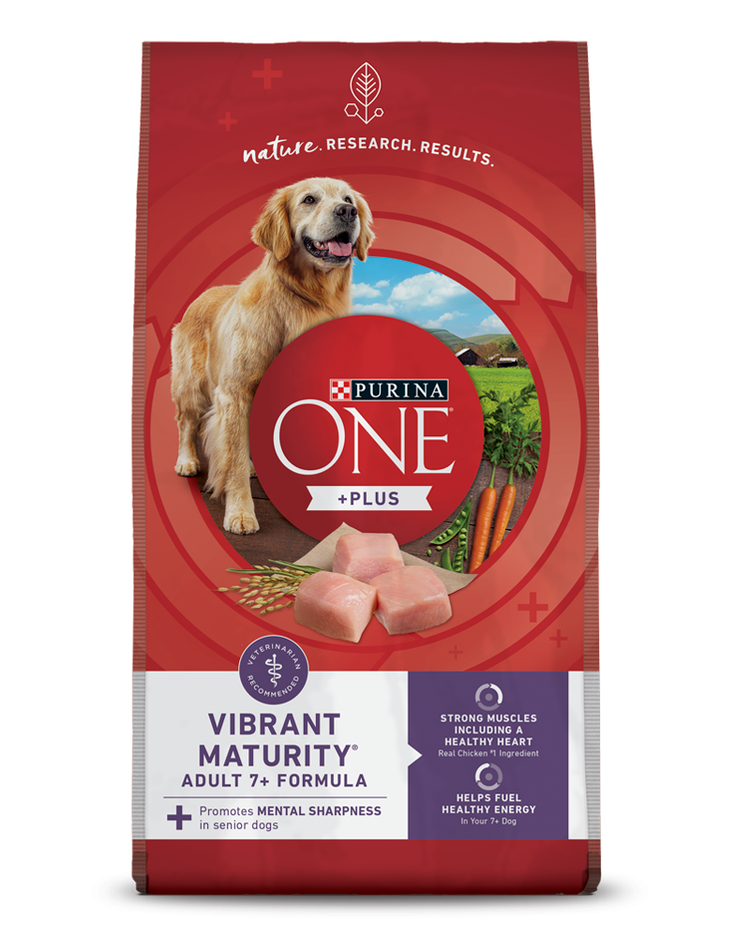
Credit: www.purina.com
Signs Your Dog Is Ready
Switching your dog to adult food is an important step. It supports their health as they grow up.
Knowing when your dog is ready for adult food helps you make the right choice. Watch for key signs.
Age Benchmarks
Most dogs start adult food between 12 and 18 months old. Small breeds may switch earlier.
Large breeds often need more time to grow. They may need puppy food until 18 to 24 months.
- Small breeds: 12 months
- Medium breeds: 12 to 18 months
- Large breeds: 18 to 24 months
Physical Development
Your dog’s body changes as they grow. Look for signs like full adult teeth and steady weight.
If your dog’s bones and muscles look strong, they may be ready for adult food. Their energy levels also change.
- Adult teeth are fully grown
- Weight is stable or slowing growth
- Muscle tone is firm
- Energy is steady, not overly hyperactive
Behavioral Changes
Adult dogs show new behaviors. They may eat less often and rest more during the day.
Watch if your dog seems less playful or more focused. These signs show they need different nutrition.
- Less frequent eating habits
- More calm and restful periods
- Lower activity levels
- Interest in new foods or textures
Differences Between Puppy And Adult Food
Feeding a dog the right food at the right age is very important. Puppy food and adult food have key differences. These differences meet the changing needs of a growing dog.
This guide explains the main differences between puppy and adult dog food. You will learn about nutrition, calories, and ingredients.
Nutritional Needs
Puppies need more protein and fat than adult dogs. Their bodies grow fast and need extra nutrients. Adult dogs need balanced nutrition to keep them healthy and active.
- Puppy food has higher protein to support muscle growth.
- Fat content is higher in puppy food for energy.
- Adult food focuses on maintaining health and preventing weight gain.
- Essential vitamins and minerals vary by age to support bones and immunity.
Calorie Content
Puppies burn more calories because they are very active and growing. Adult dogs burn calories at a slower rate. The calorie difference affects how much food to give.
| Food Type | Calories per Cup |
| Puppy Food | 400 – 500 kcal |
| Adult Food | 300 – 400 kcal |
Ingredient Variations
Puppy and adult foods use different ingredients to fit their needs. Puppy food often has more fats and special nutrients for growth. Adult food uses ingredients to keep dogs healthy and fit.
Common ingredient differences include:
- Extra DHA in puppy food for brain development.
- More fiber in adult food to support digestion.
- Different protein sources to balance energy and health.
- Added antioxidants in adult food to support aging.
Risks Of Early Transition
Changing your dog’s food too soon can cause health problems. Adult dog food is different from puppy food.
Puppies need special nutrition to grow strong. Feeding adult food early may not meet these needs.
Digestive Issues
Puppies have sensitive stomachs. Adult dog food can upset their digestion. This may cause vomiting or diarrhea.
- Adult food has more protein and fat than puppy food.
- Puppies may find it hard to digest these nutrients.
- Sudden diet changes can lead to stomach cramps.
- Digestive upset can cause dehydration and weakness.
Nutrient Deficiencies
Puppies need more vitamins and minerals than adults. Early switch to adult food can cause lack of important nutrients.
| Nutrient | Role | Risk if Deficient |
| Calcium | Bone growth | Weak bones and joints |
| Protein | Muscle development | Poor muscle growth |
| Fatty acids | Brain and eye health | Slow brain development |
| Vitamins A and D | Immune system support | Frequent illness |

Credit: www.petsmart.com
How To Transition Smoothly
Changing your dog’s food to adult dog food needs care. A smooth change helps your dog adjust well.
Follow simple steps to avoid stomach upset and keep your dog happy during the switch.
Gradual Mixing Method
Start by mixing a small amount of adult food with your dog’s current food. Slowly increase the new food over days.
- Day 1-3: 25% adult food, 75% old food
- Day 4-6: 50% adult food, 50% old food
- Day 7-9: 75% adult food, 25% old food
- Day 10: 100% adult food
Monitoring Reactions
Watch your dog’s behavior and health during the transition. Look for signs like:
- Changes in appetite
- Loose stools or diarrhea
- Vomiting
- Lethargy or unusual tiredness
If you see any problems, slow down the transition or consult your vet.
Adjusting Portions
Adult food may have different calorie levels. Adjust the amount based on your dog’s size and activity.
| Dog Size | Daily Portion | Notes |
|---|---|---|
| Small (under 20 lbs) | 1/2 to 1 cup | Feed twice a day |
| Medium (20-50 lbs) | 1 to 2 cups | Adjust for activity level |
| Large (50+ lbs) | 2 to 3 cups | Divide into two meals |
Special Considerations
Knowing when to start feeding your dog adult food is important. It helps support their health and growth.
Different dogs need different care based on their size, health, and advice from vets.
Breed Size Differences
Small, medium, and large breeds grow at different rates. This affects when they switch to adult food.
Small breeds mature faster and may start adult food earlier. Large breeds take longer to grow.
- Small breeds: Usually switch at 9-12 months
- Medium breeds: Switch around 12 months
- Large breeds: May wait until 12-24 months
Health Conditions
Some health issues affect when to change your dog’s food. Dogs with special needs may need extra care.
Conditions like allergies or digestive problems can influence the type and timing of adult food.
- Allergies may require special diets
- Digestive problems need gradual food changes
- Weight issues call for balanced nutrition
Veterinarian Advice
Your vet knows your dog’s health best. They can guide the right time to start adult food.
Always ask your vet before switching food to avoid health problems or poor nutrition.
- Discuss your dog’s growth and health
- Follow vet’s feeding recommendations
- Monitor your dog’s reaction to new food
Signs To Revert Or Adjust Diet
Switching your dog to adult food is an important step. You should watch for signs that the new diet might not be right. Some dogs may need a change back or a different food.
Recognizing these signs early helps keep your dog healthy and happy. Look closely at their digestion, energy, and skin condition.
Digestive Problems
Digestive issues can show that your dog’s food is not suitable. Watch for vomiting, diarrhea, or constipation after switching.
These problems may mean your dog needs a gentler formula or a slower diet change. Sometimes, the adult food may be too rich or have ingredients your dog cannot digest well.
- Loose stools or diarrhea lasting more than two days
- Frequent vomiting or nausea
- Constipation or hard stools
- Excessive gas or bloating
Energy Level Changes
Your dog’s energy shows how well the food fits their needs. If they seem tired or less playful, the diet may need adjustment.
Adult food should support steady energy. Too little or too much nutrition can cause low energy or restlessness. Track changes in activity and alertness.
- Reduced interest in walks or playtime
- Excessive sleeping or lethargy
- Restlessness or hyperactivity
- Sudden weight gain or loss
Coat And Skin Health
Healthy skin and coat reflect good nutrition. If your dog’s fur becomes dull or skin gets itchy, consider diet changes.
Adult food should provide nutrients for a shiny coat and smooth skin. Deficiencies or allergies can cause dryness, redness, or hair loss.
- Dry, flaky skin
- Excessive scratching or licking
- Hair thinning or bald spots
- Dull or brittle fur

Credit: www.lilyskitchen.co.uk
Frequently Asked Questions
When Should I Start Feeding My Dog Adult Food?
Begin feeding adult dog food when your dog reaches 12 months. Large breeds may switch at 18-24 months. This ensures proper nutrition for growth and maintenance.
What Signs Indicate My Dog Is Ready For Adult Food?
Look for signs like slower growth and stable weight. Your dog’s energy levels may change. Consult your vet to confirm the right time for transition.
Can I Mix Puppy And Adult Food During Transition?
Yes, gradually mix puppy and adult food over 7-10 days. This helps your dog adjust without digestive issues. Slowly increase adult food portion each day.
Is Adult Dog Food Suitable For All Breeds?
Adult dog food is formulated for general needs, but breed size matters. Large breeds need specific nutrients. Choose food tailored to your dog’s breed and health.
Conclusion
Choosing the right time to start adult dog food helps your pet stay healthy. Watch your dog’s growth and energy levels closely. Usually, dogs switch food between one and two years old. Gradually mix adult food to avoid stomach issues.
Good nutrition supports strong bones and shiny fur. Every dog is different, so consult your vet when unsure. Feeding adult food too early or late can cause problems. Keep your dog happy with the right diet at the right time.
Simple steps lead to a healthy, active life for your dog.

Emily Barker is the founder of ChillDogLife.com, a space dedicated to helping pup parents discover the best dog products, lifestyle tips, and cozy ideas for happier homes.
A lifelong dog lover, Emily combines her passion for pets with a knack for research to share trusted recommendations on everything from toys and furniture to health and everyday care.
Her goal is simple: to make life easier, stylish, and more joyful for dogs and the people who love them.
